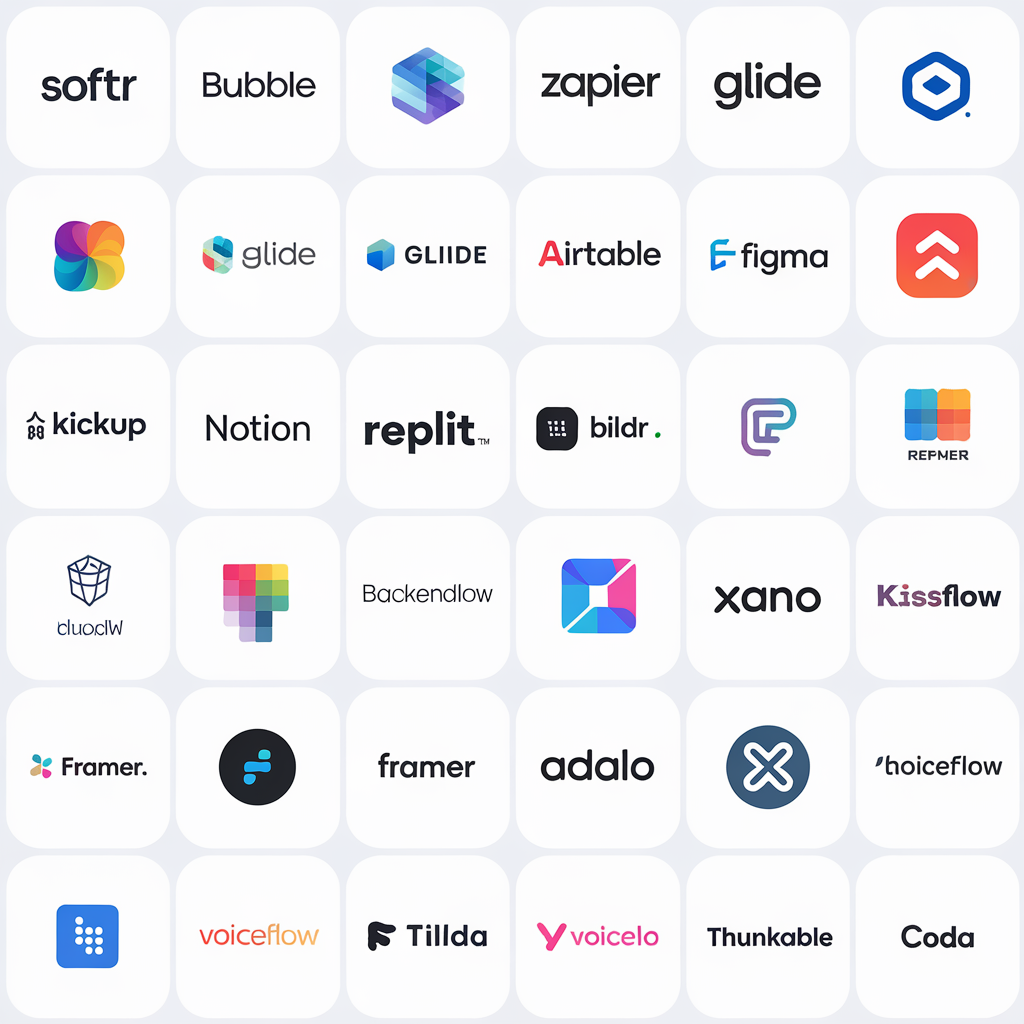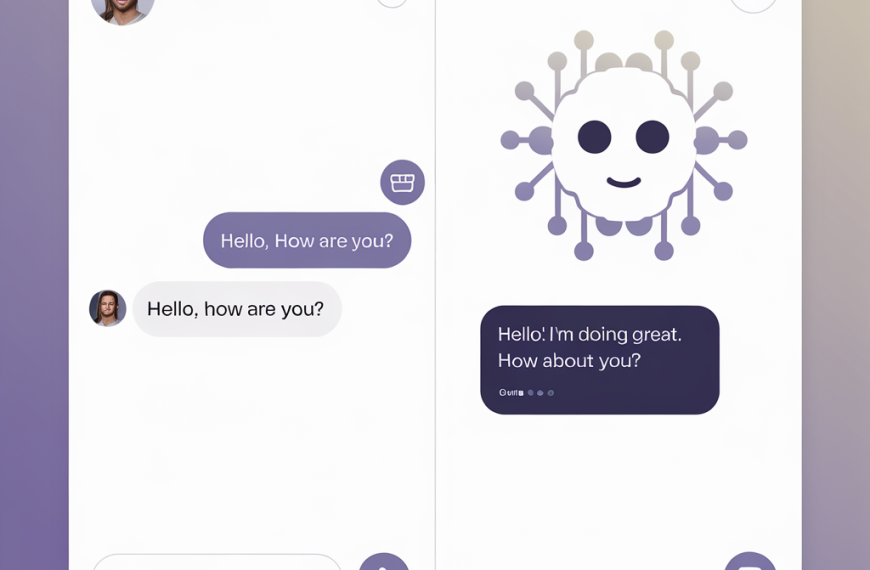The Best No-Code Tools for Beginners: 22 Tools to Start With

Introduction
In today’s fast-paced digital world, the demand for quick and efficient solutions is ever-increasing. Enter no-code tools—platforms that empower individuals to create applications, websites, and automate workflows without writing a single line of code. These tools are revolutionizing the tech landscape by making development accessible to everyone, regardless of their technical background. For beginners, no-code tools offer faster development, user-friendliness, cost-effectiveness, and a sense of empowerment. Let’s dive into the best no-code tools available for beginners.
1. Softr
Softr is a versatile platform that allows users to build web applications using Airtable as a backend. Its drag-and-drop interface makes it incredibly user-friendly, and it offers a variety of templates to get started quickly. Softr is perfect for creating client portals, internal tools, and membership sites.
2. Bubble
Bubble is a powerful no-code platform that enables users to build complex web applications. It offers a visual editor and a robust backend, making it suitable for both simple and advanced projects. Bubble’s community and resources are excellent for beginners looking to learn and grow.
3. Zapier
Zapier is a tool that connects different apps and automates workflows. With its easy-to-use interface, users can create “Zaps” to automate repetitive tasks, saving time and increasing productivity. It’s ideal for those looking to streamline their processes without coding.
4. Glide
Glide transforms spreadsheets into mobile apps. It’s perfect for beginners who want to create simple apps quickly. With its intuitive interface, users can design and publish apps without any technical skills.
5. Webflow
Webflow is a web design tool that allows users to create responsive websites visually. It combines the power of a CMS with the flexibility of a design tool, making it a favorite among designers and developers alike.
6. Airtable
Airtable is a cloud-based collaboration platform that combines the features of a database with a spreadsheet. It’s highly customizable and can be used for project management, content planning, and more.
7. Figma
Figma is a design tool that allows for real-time collaboration. It’s perfect for UI/UX designers and teams who need to work together on design projects. Figma’s intuitive interface and powerful features make it a top choice for beginners.
8. Notion
Notion is an all-in-one workspace that combines notes, tasks, databases, and more. It’s highly customizable and can be used for personal organization, team collaboration, and project management.
9. ClickUp
ClickUp is a productivity platform that offers task management, goal tracking, and time management features. It’s designed to be an all-in-one solution for teams looking to improve their workflow.
10. Replit
Replit is an online coding platform that supports multiple programming languages. It’s perfect for beginners who want to learn coding in a collaborative environment.
11. Kissflow
Kissflow is a workflow automation tool that allows users to create and manage workflows without coding. It’s ideal for businesses looking to automate their processes and improve efficiency.
12. Backendless
Backendless is a mobile backend as a service (MBaaS) platform that provides a complete backend solution for mobile and web applications. It’s perfect for developers who want to focus on the frontend without worrying about backend infrastructure.
13. Bildr
Bildr is a no-code platform that allows users to build web applications with a visual interface. It’s designed for both beginners and experienced developers looking to create custom applications quickly.
14. FlutterFlow
FlutterFlow is a visual app builder for Flutter, Google’s UI toolkit. It allows users to create beautiful mobile applications with ease, making it a great choice for beginners interested in mobile app development.
15. Xano
Xano is a no-code backend development platform that provides a scalable and secure backend for web and mobile applications. It’s perfect for developers who want to build complex applications without managing servers.
16. Framer
Framer is a design tool that allows users to create interactive prototypes. It’s perfect for designers who want to bring their ideas to life with animations and interactions.
17. Zapier Interfaces
Zapier Interfaces is an extension of Zapier that allows users to create custom interfaces for their automated workflows. It’s ideal for those looking to enhance their automation with user-friendly interfaces.
18. Tilda
Tilda is a website builder that offers a range of templates and design tools. It’s perfect for beginners who want to create beautiful websites without any coding knowledge.
19. Adalo
Adalo is a no-code platform that allows users to build mobile and web applications. Its drag-and-drop interface makes it easy for beginners to create apps quickly.
20. Voiceflow
Voiceflow is a tool for designing, prototyping, and building voice apps. It’s perfect for beginners interested in creating voice applications for platforms like Alexa and Google Assistant.
21. Thunkable
Thunkable is a drag-and-drop platform for building mobile apps. It’s designed for beginners who want to create apps for iOS and Android without coding.
22. Coda
Coda is a document-based platform that combines the features of a document, spreadsheet, and app. It’s perfect for teams looking to collaborate and manage projects in a single space.
Comparative Analysis
When comparing these tools, it’s essential to consider their strengths and weaknesses. Tools like Bubble and Webflow offer more advanced features, making them suitable for complex projects. On the other hand, tools like Glide and Tilda are more user-friendly, making them ideal for beginners. Each tool has its unique selling points, so it’s crucial to choose one that aligns with your specific needs and goals.
Recent Trends in the No-Code Industry
The no-code industry is experiencing rapid growth, with increased adoption across various sectors. Integration with AI is becoming more prevalent, allowing for more intelligent and automated solutions. Additionally, there’s a growing focus on collaboration, with tools like Figma and Notion leading the way in team-based workflows.
Conclusion
No-code tools are transforming the way we approach development, making it accessible to everyone. Whether you’re a beginner looking to create your first app or a business seeking to automate workflows, there’s a no-code tool for you. Explore these tools and start building today!


 By
By


